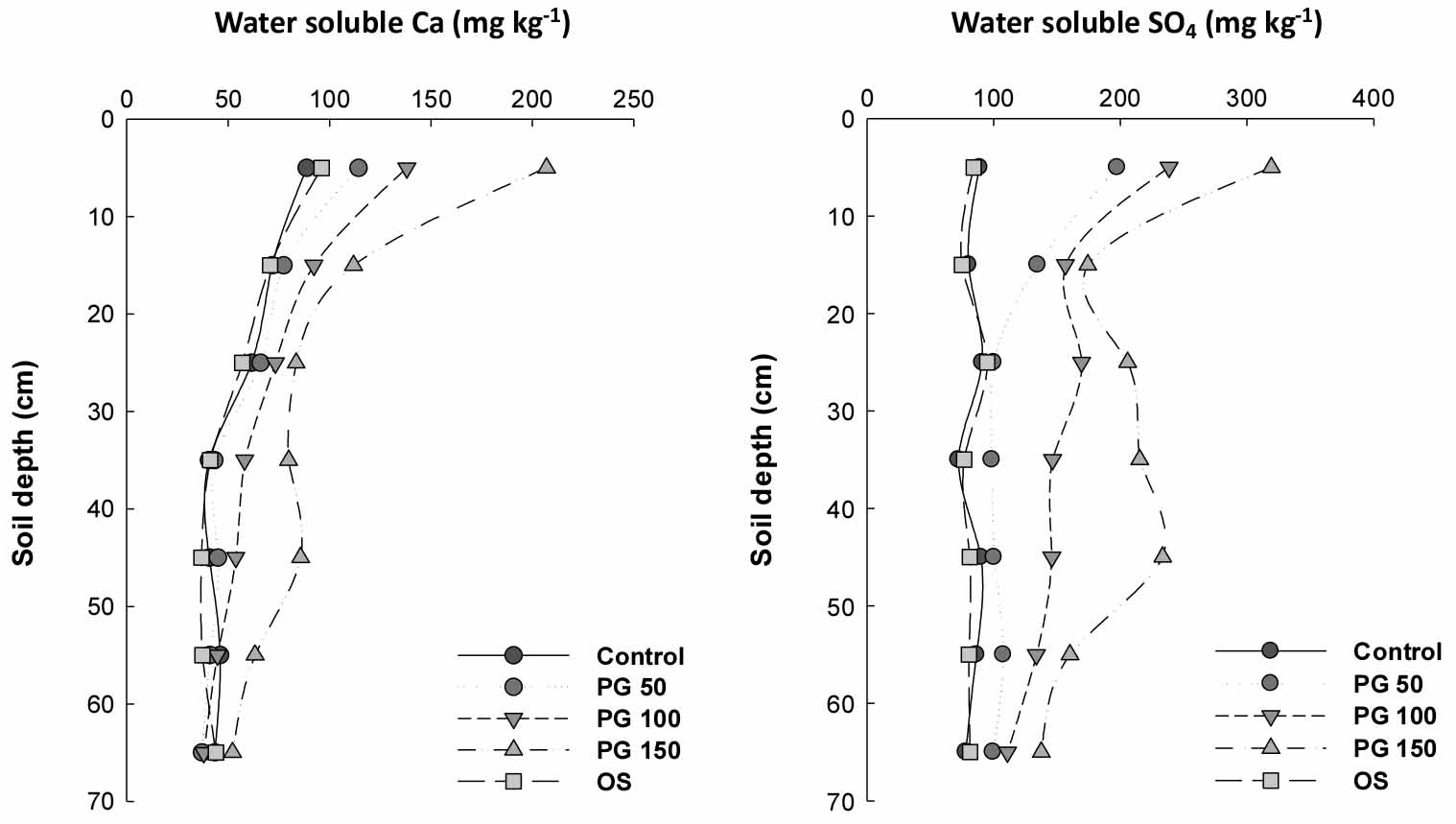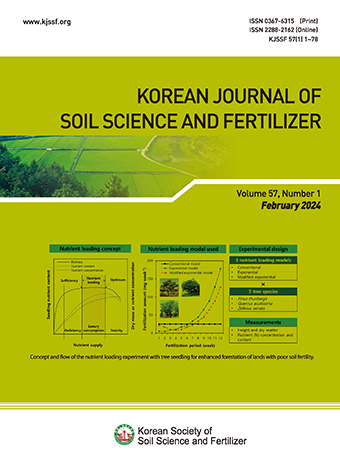Original research article
Abstract
References
Information
Li, J., H.S. Wu, Z.Q. Gao, X.X. Shang, P.H. Zheng, J. Yin, D. Kakpa, Q.Q. Ren, O.K. Faustin, S.Y. Chen, Y. Xu, T.Y. Yao, W. Ji, J.S. Qian, and S.J. Ma. 2015. Impact of phosphogypsum wastes on the wheat growth and CO2 emissions and evaluation of economic-environmental benefit. Huan Jing Ke Xue. 36(8):3099-3105.
Nayak, B.R., P.K. Samanta, N. Panigrahy, S. Mohapatra, A.K. Mohanty, A.K. Dash, B. Jena, N. Panda, B. Sahoo, and P. Mishra. 2016. Response of different sources and doses of sulphur on growth, yield and uptake of onion (Allium cepa L.). Int. J. Bio-resource Stress Manag. 7(1), 66-69.
10.23910/IJBSM/2016.7.1.1502
Smaoui-Jardak, M., W. Kriaa, M. Maalej, M. Zouari, L. Kamoun, W. Trabelsi, F.B. Abdallah, and N. Elloumi. 2017. Effect of the phosphogypsum amendment of saline and agricultural soils on growth, productivity and antioxidant enzyme activities of tomato (Solanum lycopersicum L.). Ecotoxicology 26(8):1089-1104.
10.1007/s10646-017-1836-x28730330
Yoon, Y.E., S. Kuppusamy, K.M. Cho, P.J. Kim, Y.B. Kwack, and Y.B. Lee. 2017. Influence of cold stress on contents of soluble sugars, vitamin C and free amino acids including gamma-aminobutyric acid (GABA) in spinach (Spinacia oleracea). Food Chem. 215:185-192.
10.1016/j.foodchem.2016.07.16727542466
- Publisher :Korean Society of Soil Science and Fertilizer
- Publisher(Ko) :한국토양비료학회
- Journal Title :Korean Journal of Soil Science and Fertilizer
- Journal Title(Ko) :한국토양비료학회 학회지
- Volume : 54
- No :2
- Pages :141-150
- Received Date : 2021-02-15
- Revised Date : 2021-02-26
- Accepted Date : 2021-03-05
- DOI :https://doi.org/10.7745/KJSSF.2021.54.2.141




 Korean Journal of Soil Science and Fertilizer
Korean Journal of Soil Science and Fertilizer








